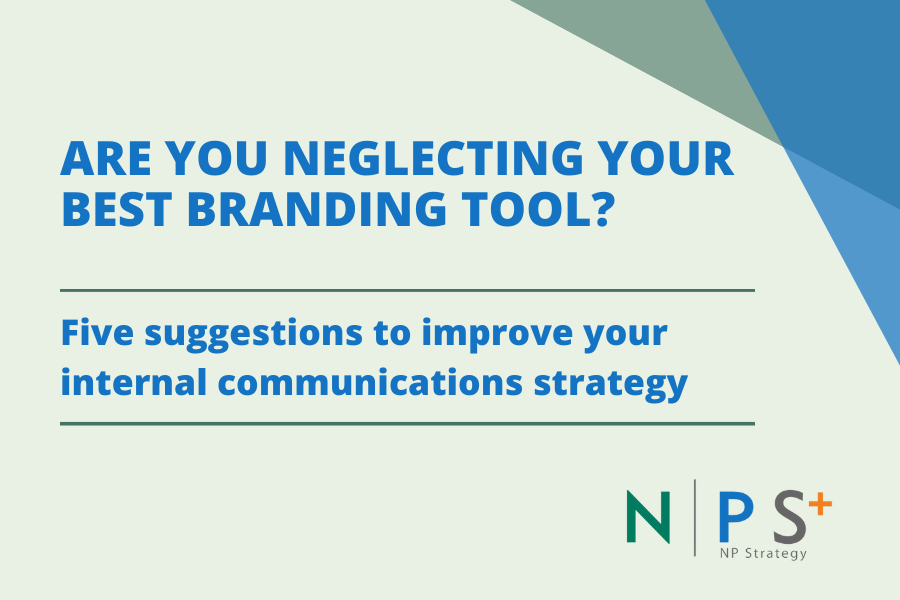
Companies throughout the nation invest millions (or billions!) in their brands – from research and communication strategies, to analytics and more. But ultimately, the key to your brand’s success has always been and will always be your employees. So why do businesses neglect this important branding tool?
For perspective: organizations measure outcomes to ensure they have a strong, competitive external (customer) brand. They willingly adapt to the ways people communicate to build that brand. According to a March 2019 report from eMarketer, advertisers are expected to spend $129.34 billion on digital ads – the first time that the US ad market will spend more on digital than on traditional media.
But, on the other hand, the recent Gallup report State of the American Workplace shows only 13% of employees strongly agree that the leadership of their organization communicated effectively with them.
A possible solution? Today’s leaders should begin to apply the same ever-evolving techniques and strategies they use to communicate externally, internally. That means embracing the ways information is currently shared – Facebook messaging, project management software, streamlined apps, among many options.
Following are five suggestions to improve your internal communications strategy:
1. Treat your employee brand as well as your external brand – Sixty percent of organizations don’t have a well-considered internal communications strategy according to a 2018 study from Arthur J. Gallagher & Company. Put a specific individual or department in charge of internal communications. In many companies, the human resources department is responsible for employee communications but others may use marketing or public relations teams.
2. Conduct a communications audit – Conduct an internal audit of the communications methods, preferences and tools used by employees. This research will serve as a benchmark to identify if a problem exists before defining specific goals. An internal communications audit is the foundation of a successful internal strategic communications plan.
3. Know your audience – Business may have up to four generations of employees working together (boomers, Gen Xers, millennials and Gen Z). While this diversity drives innovation, it also demands businesses understand their audience and how they communicate. Balance traditional communications (print, phone and email), with face-to-face communications, videos and podcasts.
4. Create a two-way communications strategy – Listen to employees. Employee feedback should be acted on with the same urgency as customer feedback. According to The Idea Driven Organization by Dr. Alan Robinson and Dr. Dean Schroeder, up to 80% of an organization’s opportunity for improvement comes from front-line employee ideas. Employee suggestions can benefit your productivity and bottom line, while also building stronger relationships internally; your team becomes invested in your company and serves as your best brand ambassadors.
5. Measure your results – Focus on the outcomes, not the output. Measuring outcomes can help you identify which messages and channels are having the greatest impact. Armed with this information, organizations can adjust to meet the needs of their employees.
Are you truly investing in a strong customer-facing brand that turns your associates into advocates for your company? If yes, congratulations. If not, now is the time to take the first steps.
